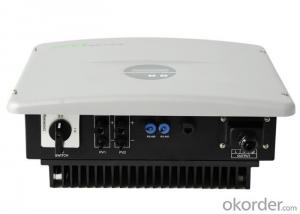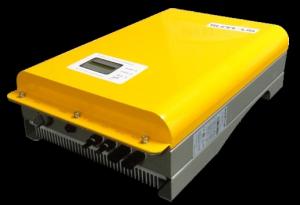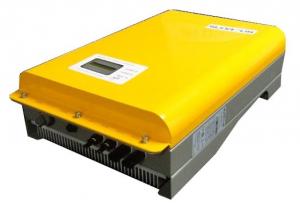Easun Solar Inverter
Easun Solar Inverter Related Searches
Easun Power Solar Inverter Eaton Solar Inverter Yaskawa Solar Inverter Freesun Solar Inverter East Solar Inverter East Power Solar Inverter Ecostar Solar Inverter Sunrun Solar Inverter Emerson Solar Inverter Solar Solar Inverter Sun Solar Inverter Bluesun Solar Inverter Solar Electric Inverter Solar Energy Inverter Easy Power Solar Inverter Eastman Solar Inverter Refusol Solar Inverter Epever Solar Inverter Sunshine Solar Inverter Japanese Solar Inverter Solaris Solar Inverter Inverter Solar Easy Solar Inverter Eltek Solar Inverter Taiwan Solar Inverter Power Solar Inverter Sunpower Solar Inverter Solar Energy Power Inverter Enphase Solar Inverter Eco Solar InverterEasun Solar Inverter Supplier & Manufacturer from China
Easun Solar Inverter is a range of high-quality solar power conversion devices designed to optimize the performance of solar energy systems. These inverters are engineered to convert the direct current (DC) generated by solar panels into alternating current (AC), which can be used to power homes, businesses, and other electrical appliances. They are essential components in solar energy systems, ensuring efficient energy conversion and reliable power supply.The Easun Solar Inverter is widely used in various applications, including residential, commercial, and industrial settings. They are particularly useful in off-grid and grid-tied solar power systems, where they help to manage the flow of electricity from solar panels to the grid or to the end-user. These inverters are also employed in hybrid systems that combine solar power with other energy sources, such as wind or diesel generators, to provide a stable and consistent power supply.
Okorder.com is a leading wholesale supplier of Easun Solar Inverters, offering a vast inventory of these products to cater to the needs of various customers. With a commitment to quality and customer satisfaction, Okorder.com ensures that the Easun Solar Inverters they provide are of the highest standards, meeting the requirements of different solar energy projects.
Hot Products



















































